
The pros and cons of equipping your sailboat with an electric engine and what to expect in maintenance and sailing range
Someone asked why I went with an electric engine for my sailboat…
I had a series of answers that I usually use when asked the question. However, when they asked, “what’s the point”, it really got me thinking about why I made the switch. At the time – a year ago now – it appealed to my minimalist nature.
I wanted something that would allow a certain degree of self-sufficiency, something that was easier to maintain than my diesel, and something that would ultimately force me to become a better sailor.
I should preface all of this by saying that I am not a mechanic and that I hate engines. Inboard, outboard, diesel or gasoline … they are the enemy. I hate changing the oil, I hate changing the filters, and I hate bleeding the system afterward.
When doing any of the above – after squeezing myself into the engine compartment – I usually end the day covered in oil and diesel fuel. If I’m lucky, none of it found its way into the bilge or onto anything else on the boat. But I’m usually not that lucky.
Electric Engines Pros and Cons for Sailboats
 What follows is my exploration of why I switched to electric and whether my assumptions were accurate or not. For me initially, there were both positives and negatives in choosing to go electric.
What follows is my exploration of why I switched to electric and whether my assumptions were accurate or not. For me initially, there were both positives and negatives in choosing to go electric.
Positives:
- Easier to maintain
- Cleaner
- Trim of the vessel (weight and storage)
Negatives:
- Range
- Time to re-charge
When thinking about maintenance, an electric engine is orders of magnitude easier to maintain than a diesel engine. If the batteries are good to go, then the engine is good to go.
Cleaner is an interesting question? The bilge is cleaner…
I’m not generally the type to spend a lot of time worrying about climate change. Not that I spend weekends burning toxic waste in my front yard, but I’m more of a John Gault guy, rather than a Paul Watson/Sea Shepherd guy.

I had a Volvo Penta MD7A 13.5 HP engine. I installed a new Thoosa 5500 (5.5 kW) electric engine, which should have a HP equivalent between 11-18 HP. The MD7A produced about 13 lbs. of CO2 for each hour of use at full power.
With the Thoosa, if I replaced the energy usage with shore power (overnight), then this would mean the production of about 6.6 lbs. of CO2 for each hour of engine use at full power. Half the CO2 … I thought it would be more, but cutting my greenhouse gas emissions by half seems pretty good.
One of the surprising things about the electric system is how little space it takes. Removing the fuel tank opened up storage under the starboard side aft berth. The engine and the batteries fit in the old engine compartment with room left over.

The real savings is weight and where the weight sits in the boat. The diesel engine weighed 385 pounds, while the fuel tank with diesel weighed about 110 pounds. The Thoosa weighs 25 pounds and the batteries weigh about 300 pounds.
The -175 pound weight difference is more important because the weight is now all along the center line and slightly forward of the center of gravity for the diesel engine.
The weight redistribution raised the stern slightly in the water and changed her handling for the better. She’s a double-ender and seems to hobby-horse less in choppy seas now. Additionally, she had a tendency to roll and yaw excessively when the seas were on the quarter and that seems better.
The negatives for me include range under power and the amount of time to re-charge. With the Thoosa, at half power, she can run for a little over 8 hours and on flat water go about 25 nautical miles. If I get her up to hull speed (6 knots), she’ll only run for an hour before I need to recharge.
Solar is an option, but not really a good choice for a short cruise on the Chesapeake Bay. It can take more than a week to re-charge one hour of use with a 150 watt solar panel.
However, I will say that the negatives make me more aware of the wind and tide. I’m not going to be able to bash into a head wind under power for an extended period of time. Nor am I going to be able to motor through an extended calm.
The limitations of the motor haven’t limited my sailing though, just changed the destination. I tend to think I’m a better sailor for it.
In the end, I’m not sure that an electric engine is a better option for everyone, just better for me.
Ref:
Average CO2 Emissions per kWh by State
How much carbon dioxide is produced from burning gasoline and diesel fuel
Thoosa 550
Trending Now: Must-Have Boat Gear for Your Boat Life
-
SeaSucker Flex-X Cell Phone Mount
$99.00 Quick ViewBuy on West Marine -
Inflatable Floating Pet Ramp
$249.00 Quick ViewBuy on West Marine -
Starlink Mini Kit for High-Speed, Portable Internet on the Go
$599.00 Quick ViewBuy on West Marine -
Sale!
Starlink Standard Kit for Stationary Use: High-Speed, Low Latency Internet
Original price was: $499.00.$349.00Current price is: $349.00. Quick ViewBuy on West Marine
Trending Now: Custom Boat Decor
-
Boat Pillow with Boat Name & LAT LONG Coordinates
Quick ViewBuy on Etsy -
Boat Pillow with Boat Name & LAT LONG Coordinates- Black
Quick ViewBuy on Etsy -
Coastal Blue Stripes Bathmat with Anchor & Boat Name
Quick ViewBuy on Etsy -
Custom Boat Mat with Boat Name & LAT LONG Coordinates
Quick ViewBuy on Etsy
Disclosure: This site may contain links affiliated with companies where we receive compensation. Also, as an Amazon Associate we may earn from qualifying purchases we refer but it does not impact the price you pay. Full disclosure policy.

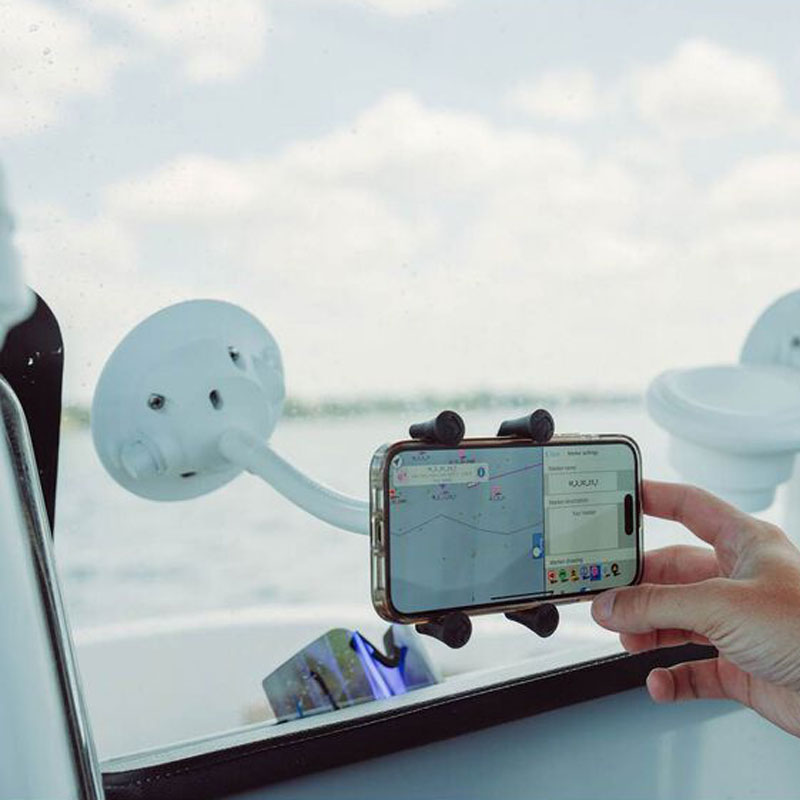
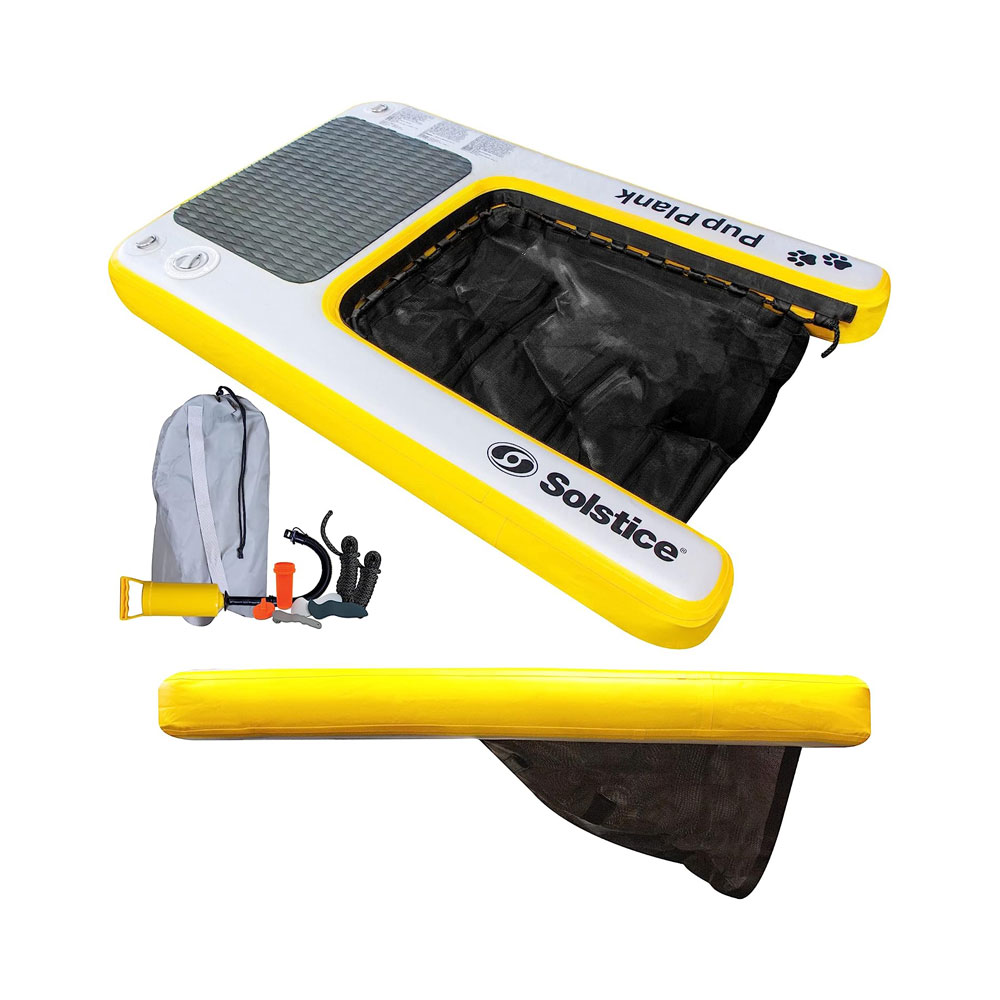
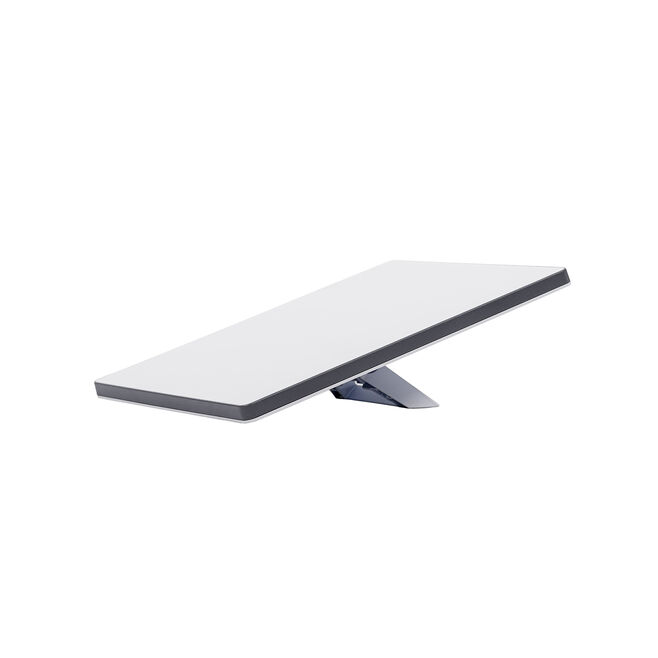
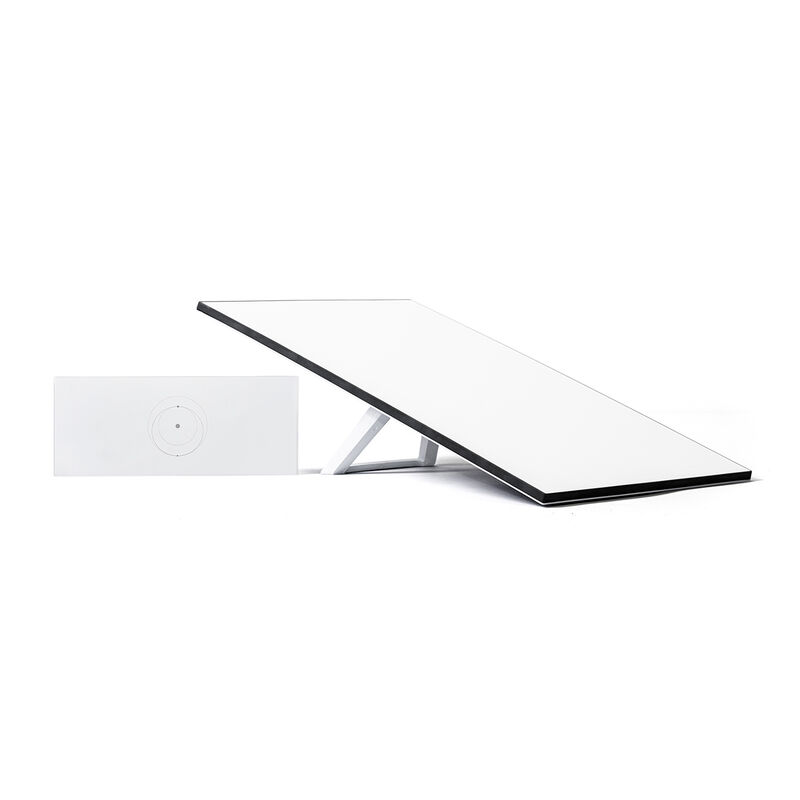
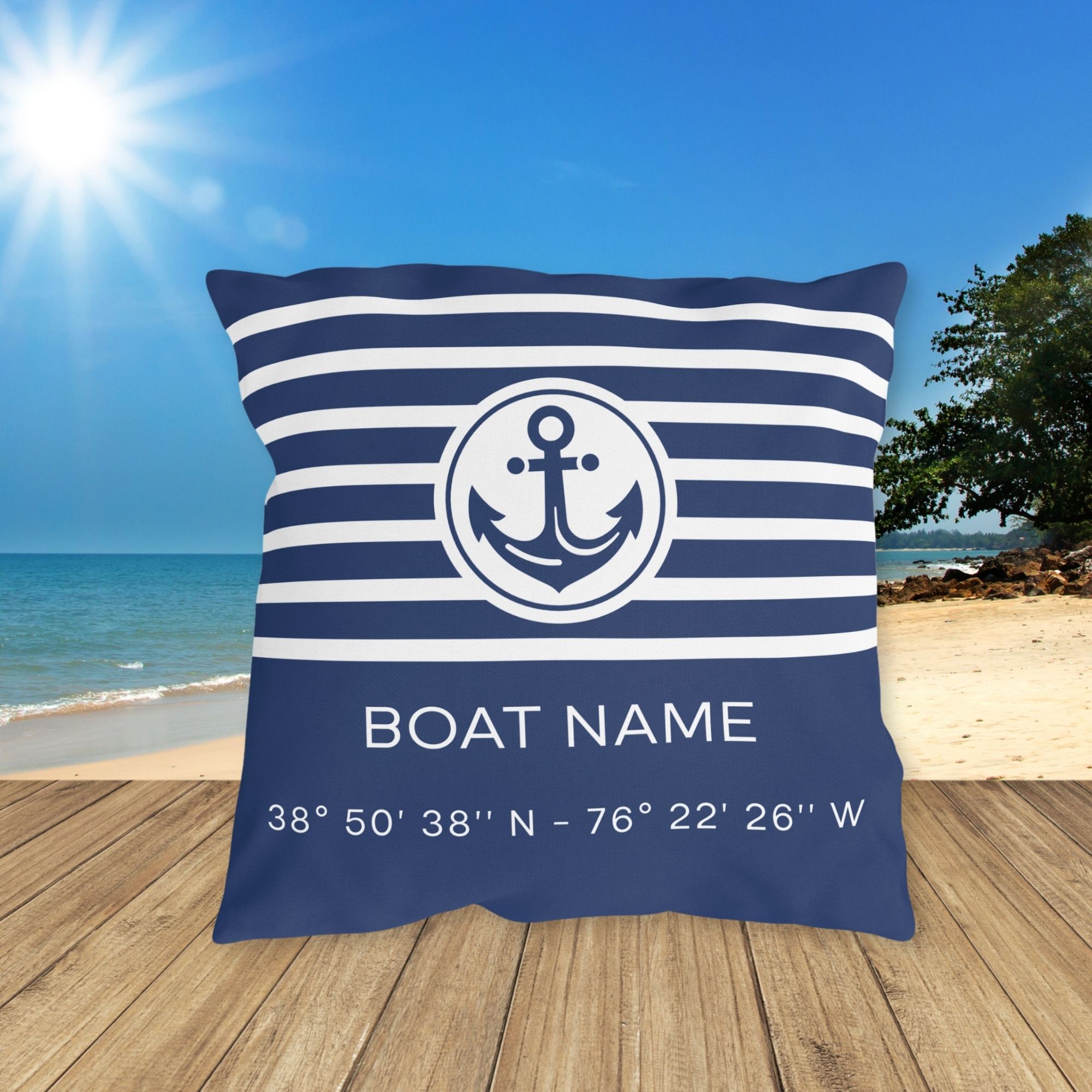
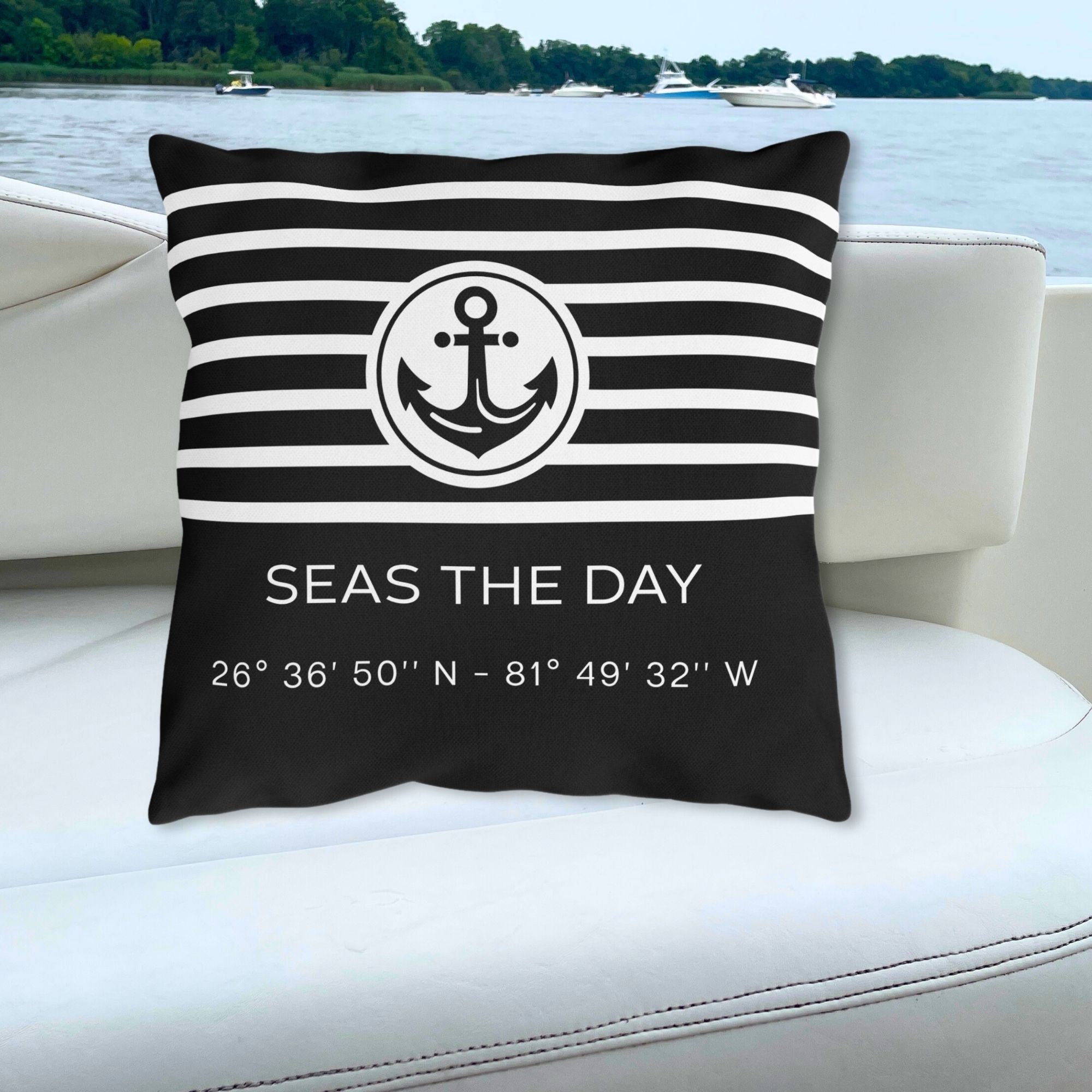
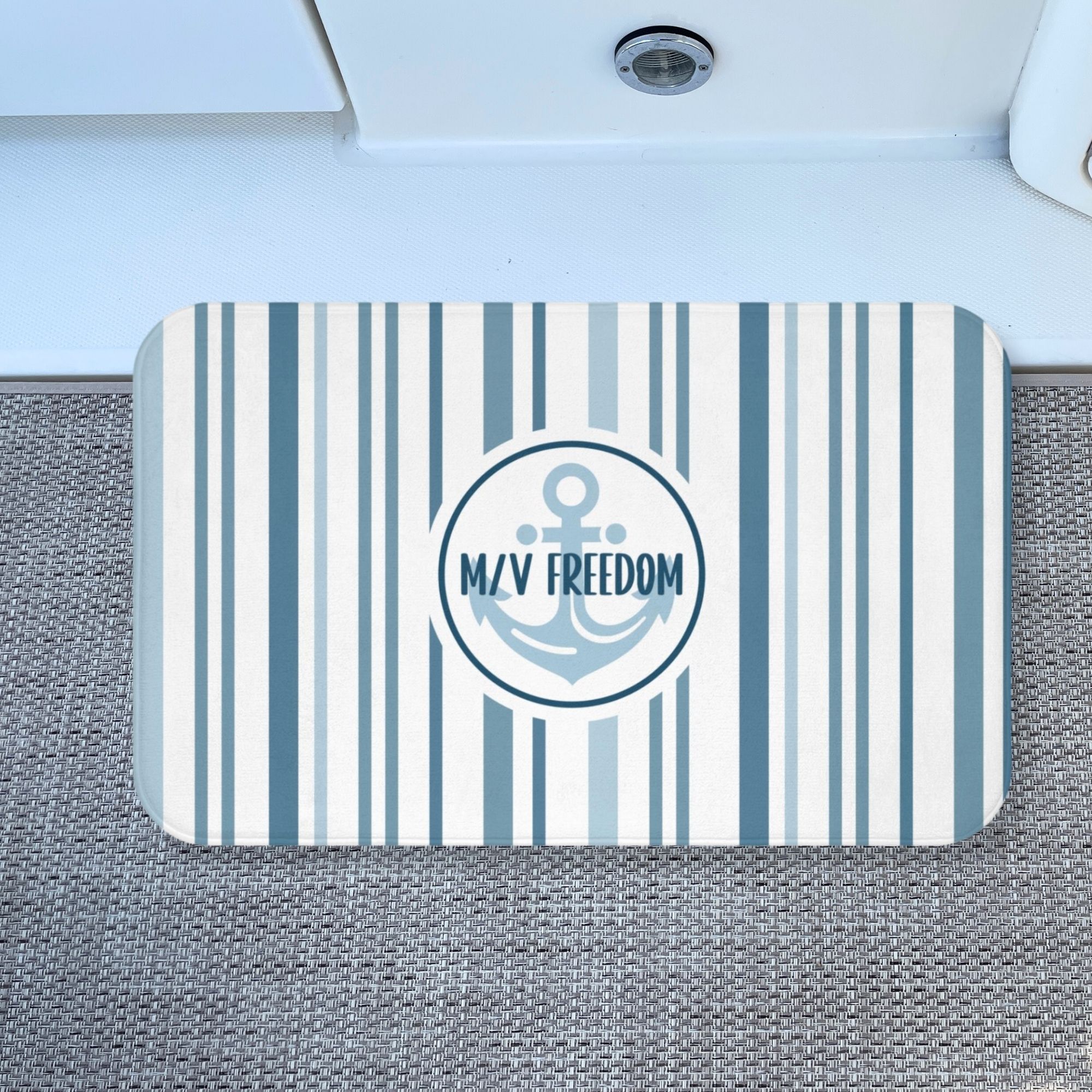
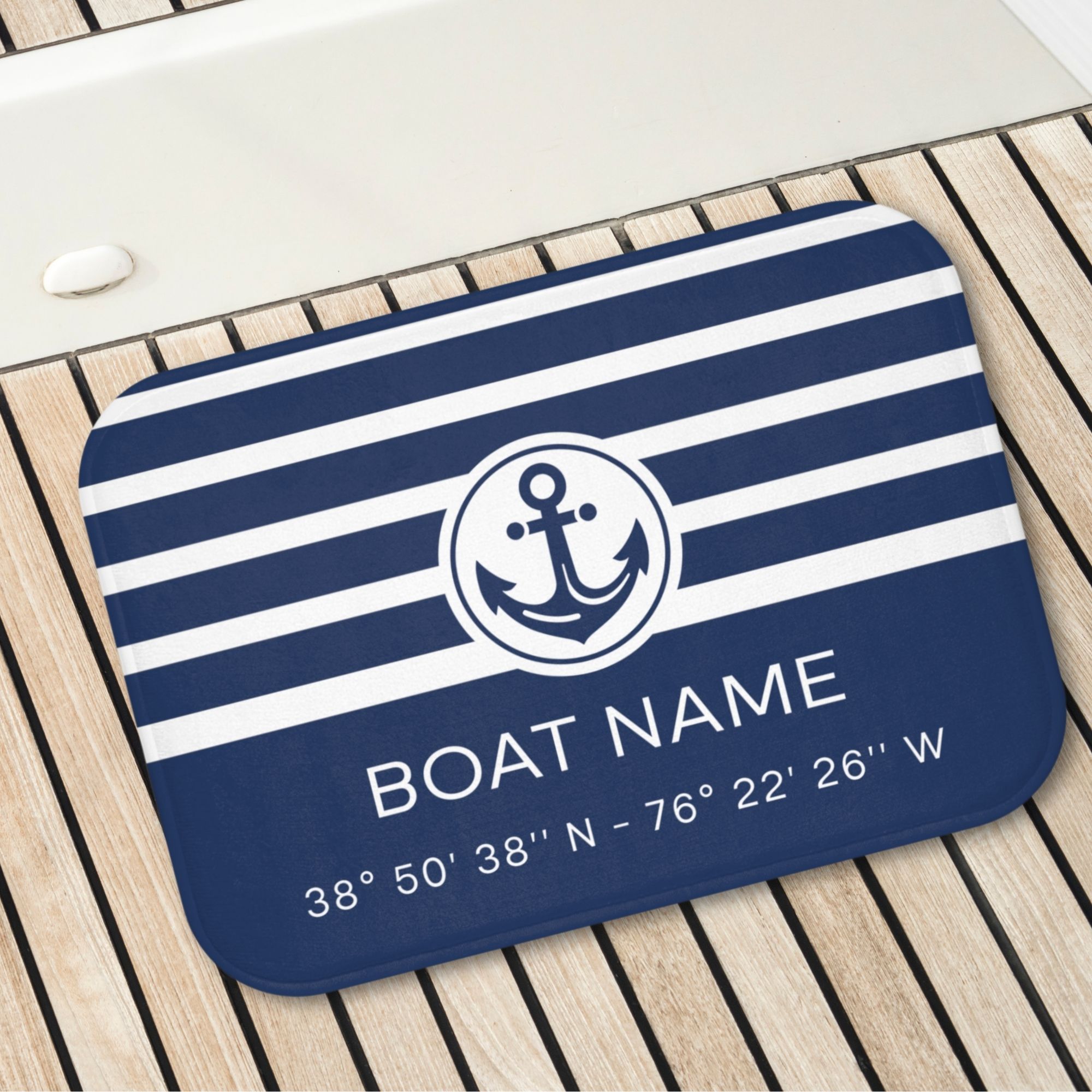
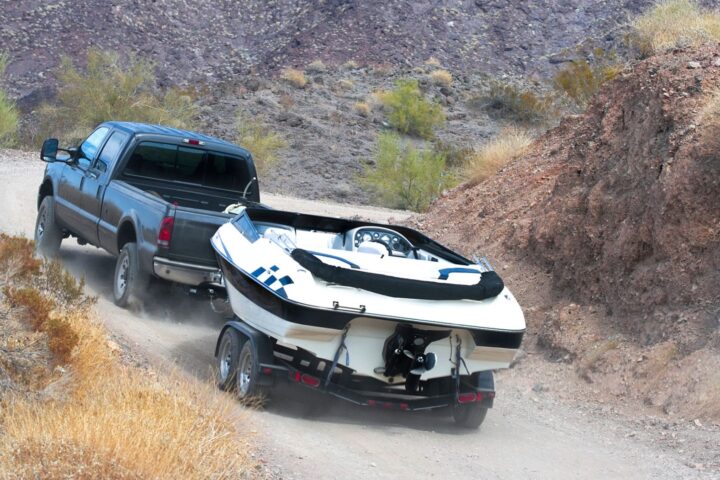
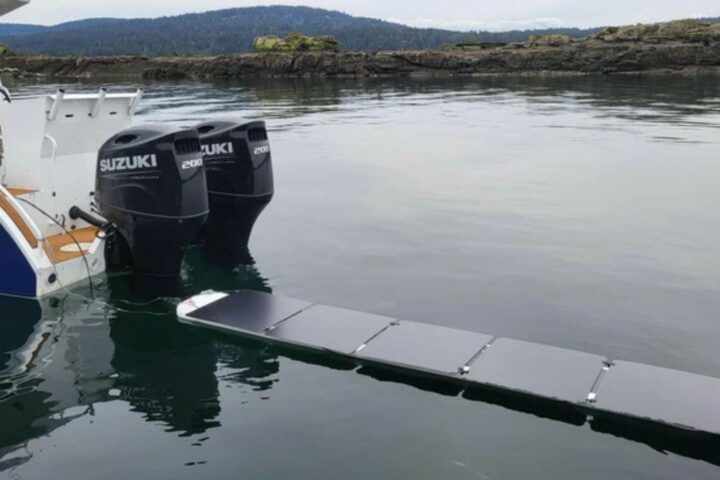
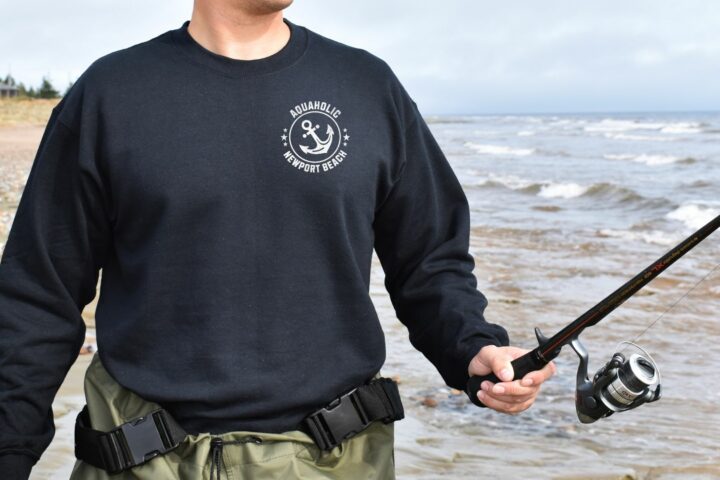
You forgot 2 of the biggest reasons, noise, and it starts every time. To cruise along at 5 knots in dead silence is almost as good as sailing. For anyone with an old outboard, the electric starts every time. I find I push much closer to the shore before dropping the sails, as I know when I flip the switch, the boat will move. No worries of drifting into rocks and hoping the engine will finally start.
Finally, docking is much easier with electric. The slow speed control is much greater. Also when stuck waiting in line to pull up to the launch ramp, the engine is off. Just a little bump occasionally to keep from drifting into other boats.
Since my boat is only a 24 footer, I get away with a high thrust 24 volt trolling motor.
Hi Dave,
As I am also considering to go electric, I was wondering what the weight of your boat is and what type of trolling engine you use. And what thrust? In my case it would replace a Yamaha 8 HP fourstroke High Thrust. My boat is a 1350 kg 23 foot Jeanneau Tonic 23
Kind regards,
Bert de Jong